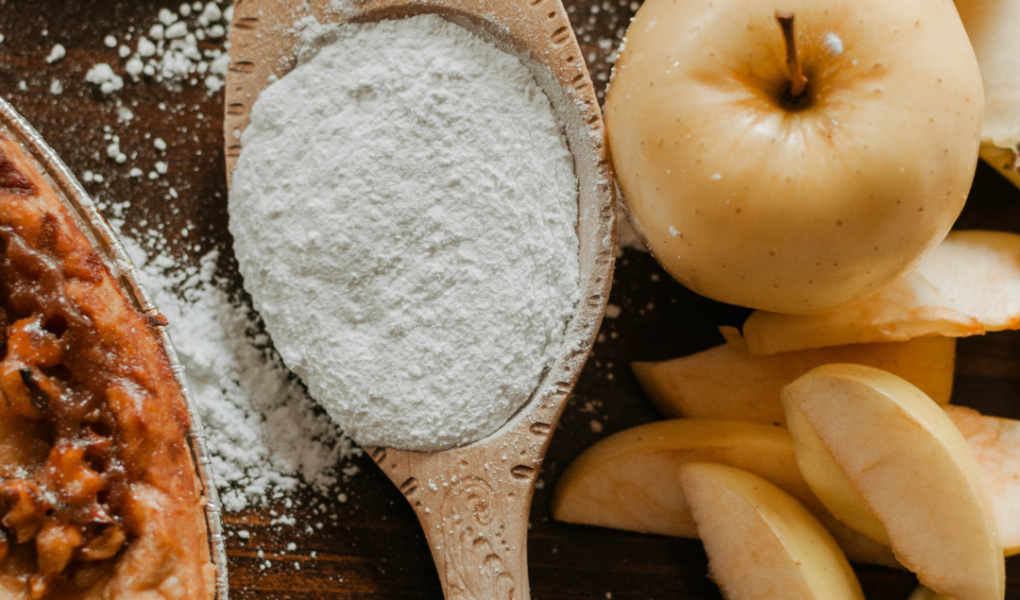Learn the most common types of flour and how to use them
Flour is an indispensable part of baking. However, the term “flour” is generic as different recipes call for different types of flour. Just visit a supermarket and you will be amazed by the varieties of flour—all-purpose flour, cake flour, pastry flour, almond flour, rice flour, and many more.
Now, here is the complicated part—to convert this raw ingredient into tasty food, you must choose the right flour for each recipe. And to do this you should know the different types of flour and understand what they can be used for.
Whole Wheat vs White
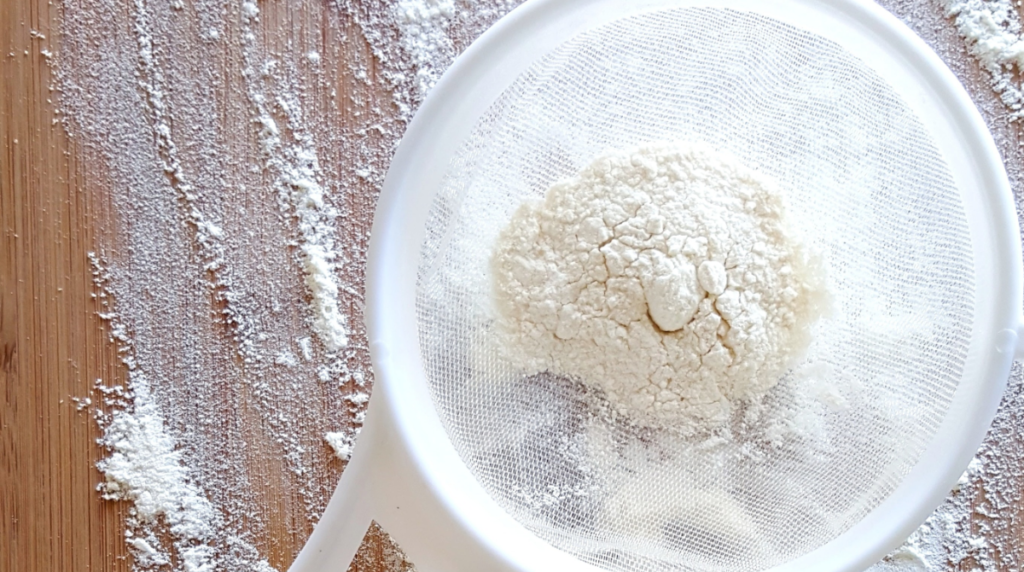
You may already know that the most popular varieties of flour are made from wheat. The wheat grain has three parts: germ, bran, and endosperm. Whole wheat flour uses all the three parts of the grain. The germ and bran may be separated during the grinding process. However, it is added back into the flour after grinding. This makes whole wheat flour dense and coarse. This flour requires more liquid for kneading. However, white flour is made using the endosperm only. The endosperm is the pale, soft innermost part of the wheat grain.
Since white flour doesn’t contain the germ and bran, it is white. It is lighter than whole-wheat flour and needs less liquid for kneading.
Whole wheat flour has higher nutritional value and protein since it contains the bran and germ. Not only does it require more liquid for kneading, but the dough also tends to be sticky.
If you are new to baking, you may find it challenging to work with.
Bleached vs Unbleached
White flour in its natural form is unbleached. When it is treated with chlorine or benzoyl peroxide, it becomes more malleable and less sticky. This process is called bleaching.
Bleaching damages the starch and protein content of the flour. Bleached flour rises better and absorbs more liquid than unbleached flour.
Let us now start the journey towards baking success by sifting through the different types of flour.
Types of wheat flour
All-purpose flour

All-purpose flour is usually suitable for all recipes that simply mention flour. It is made from a mix of hard and soft wheat and has a moderate protein content of 10 to 12 percent. This flour mainly contains the seed’s tender endosperm. It lacks fiber and is less nutritious than whole wheat varieties.
Both bleached and unbleached versions are usually available. All-purpose flour is stable and can be stored on the shelf for several months.
All-purpose flour is very versatile. You can make biscuits, cookies, bread, pizza dough, pancakes, waffles and pie crusts with it.
Whole wheat flour
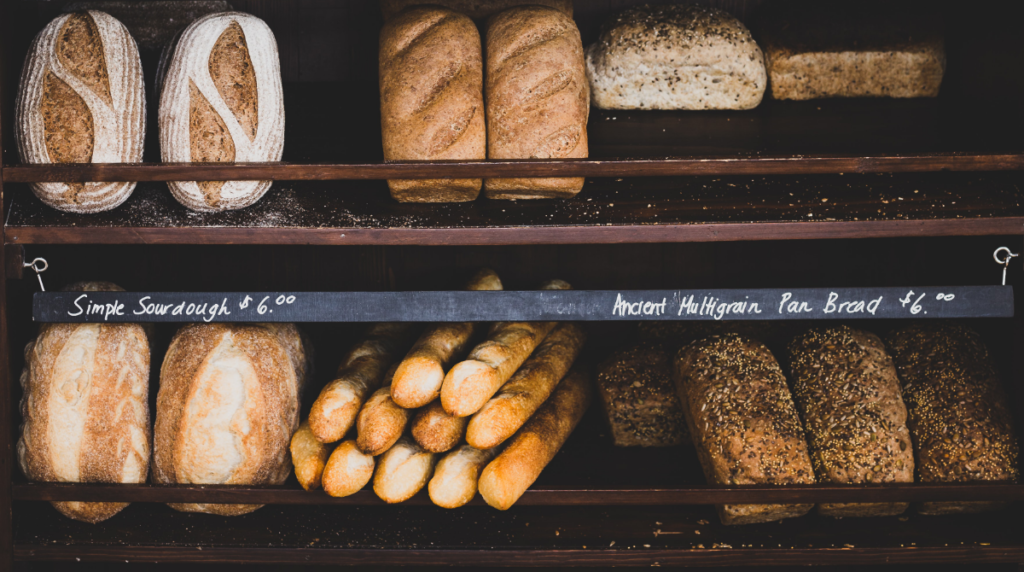
As the name suggests, whole wheat flour is prepared from the entire wheat grain. It is denser than all-purpose flour and doesn’t rise as much. Since this flour is highly absorbent, it needs more liquid for kneading. It forms a wet dough that isn’t very easy to work with.
The dough is usually dense and thick. So, you should rest it for several minutes before use. Resting allows the liquid to permeate better and soften the dough. This will make the baked product less coarse.
Whole wheat flour may contain coarse grains depending on the grind. It is rich in protein and fiber. The bran in it tears the gluten apart, making it less elastic. Whole wheat flour dough shouldn’t be overworked, or it can result in a crumbly product.
You can use whole wheat flour in cookies, bread, and muffins. Due to the dense texture, it is not suitable for light cakes.
Self-rising flour
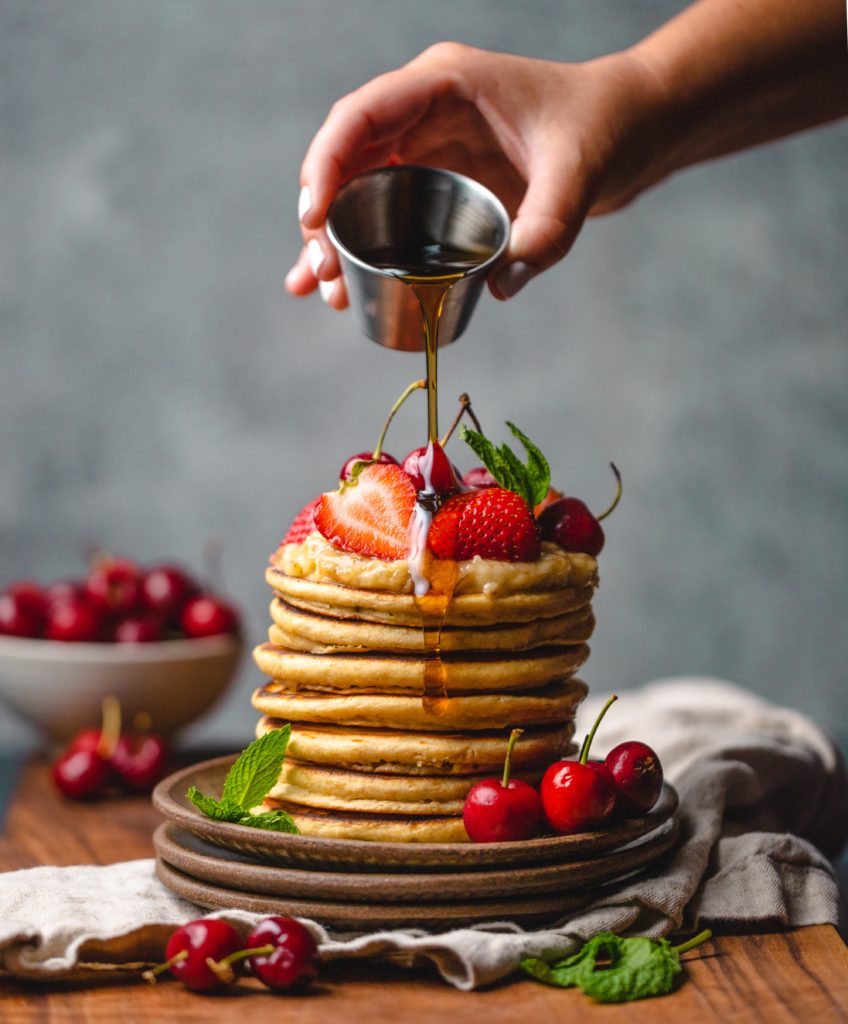
Self-rising flour already has baking powder and salt in it. So, it makes baking very easy. Since it contains baking powder, this flour variety should be wrapped and stored carefully. Use it within six months, so the leavening agent doesn’t lose its action.
Store-brought varieties of self-rising flour are made from low-protein wheat. It contains only 8 to 9% protein. To make self-rising flour at home, mix 1 cup of all-purpose flour with ¼ teaspoon salt and 1 ½ tsp baking powder.
Self-rising flour is great for bread, biscuits, and cakes. You can also use it to prepare the pancake batter. However, self-rising flour isn’t suitable for yeast bread recipes.
Pastry flour
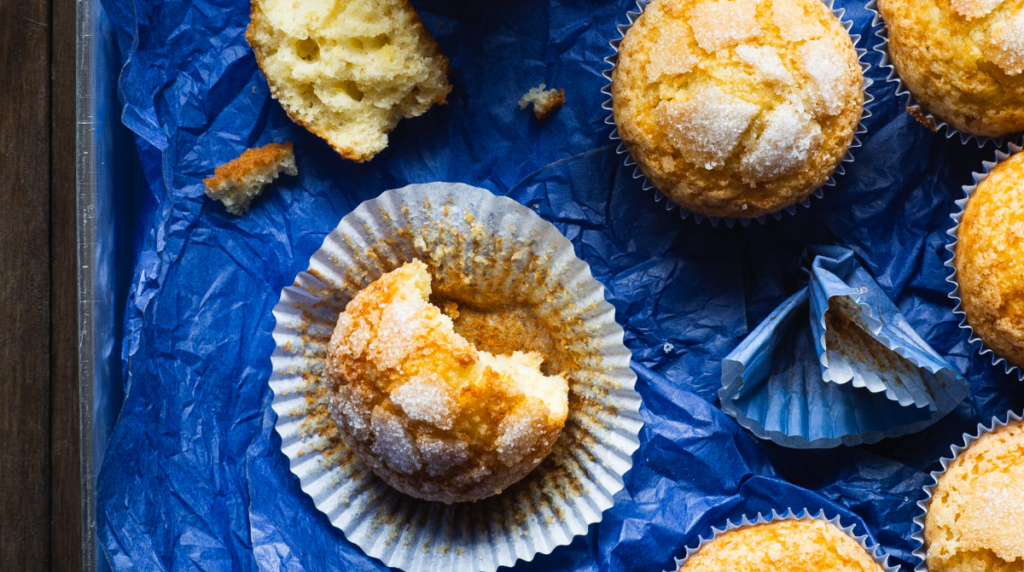
Pastry flour has a low gluten profile and a very fine texture. It is made from soft wheat varieties and has very fine particles. Pastry flour is, in fact, finer than all-purpose flour. Both whole wheat and white flour varieties are available.
Most commercially available pastry flours have 8 to 9% protein content. Pastry dough isn’t available at all supermarkets. You may have to buy it from specialty stores or order it online. However, you can achieve similar results by mixing all-purpose flour and cake flour in a 2:1 ratio.
Serious bakers use this flour to make sweets. You can also use it to make pie dough, muffins, tart crusts, cookies, and breadsticks. It is the best choice when you want a product that is flaky, yet tender. The low gluten content makes it unsuitable for bread recipes.
Cake flour

As the name suggests, cake flour is ideal for making soft and light items like cakes, biscuits, scones, and muffins. It is entirely made from soft wheat grains and is super-fine.
Cake flour is traditionally bleached to remove the starch content and reduce gluten. As a result, this flour absorbs more liquid and rises well. So, you can use it to make moist cakes with a soft texture.
This type of flour contains less than 8%. protein You can use it to prepare tender cakes like sponge cakes, pound cakes, angel food cakes, and layered cakes. However, it is not suitable for bread recipes.
Gluten-free flours
All the flours that previously looked at were made from wheat.
Wheat contains gluten. So, none of these flours are suitable for people with gluten-sensitivity or those suffering from medical conditions like celiac disease.
Fortunately, gluten-free flours can be used by these people. Gluten-free ingredients are also sought out by people following paleo diets.
Whether you are on a gluten-free diet or exploring new ingredients, you should look at gluten-free flours. Let us learn about the three most popular varieties and learn how to use them.
Almond Flour
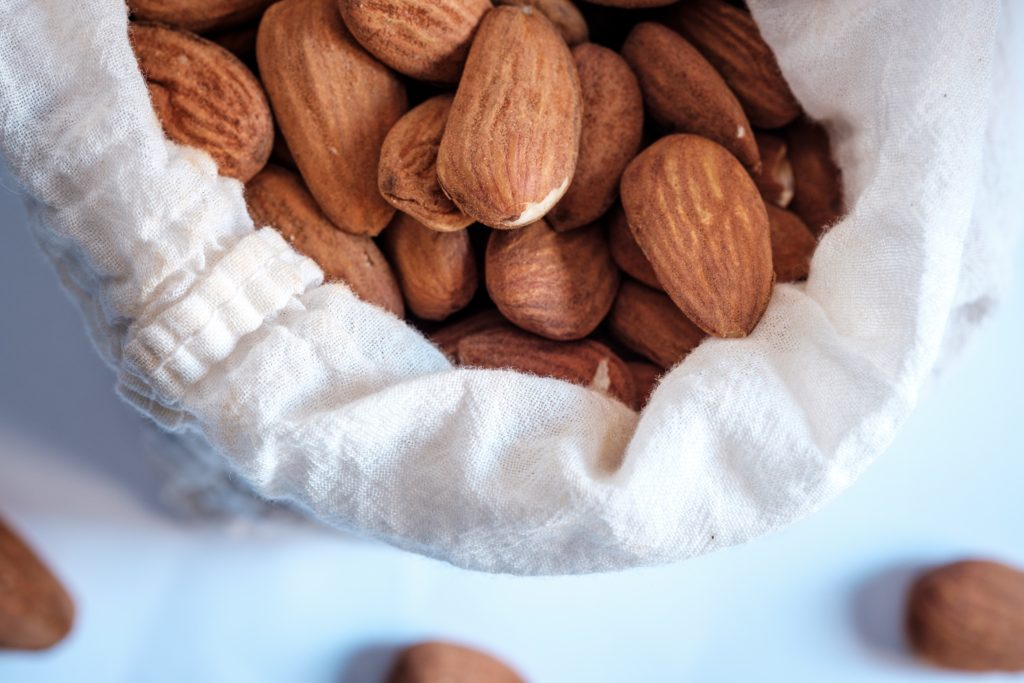
As the name suggests, this flour is made from finely ground almonds. It closely resembles wheat flour. So, it is a good substitute for wheat flour.
Almond flour contains 21% protein, fiber, and various vitamins and minerals. There are different variants of almond flour according to the coarseness of the grind and the type of almonds used.
Blanched almond flour is made from almonds without the outer covering. This flour is lighter and fine. It has a less nutty flavor and gritty texture. You can use it in bread, cookies, cakes and other baked goods.
Raw almond flour is also called almond meal. It contains the skin of almonds, which shows up as brown specks in the flour. The flour has a coarse texture and is best used in batters.
Although you can easily buy almond flour at a supermarket, you can also make your own at home. Simply pulse whole, raw almonds (with or without the skin) in a food processor till it is finely powdered. Store it in an airtight container in the refrigerator for up to two months.
Coconut flour
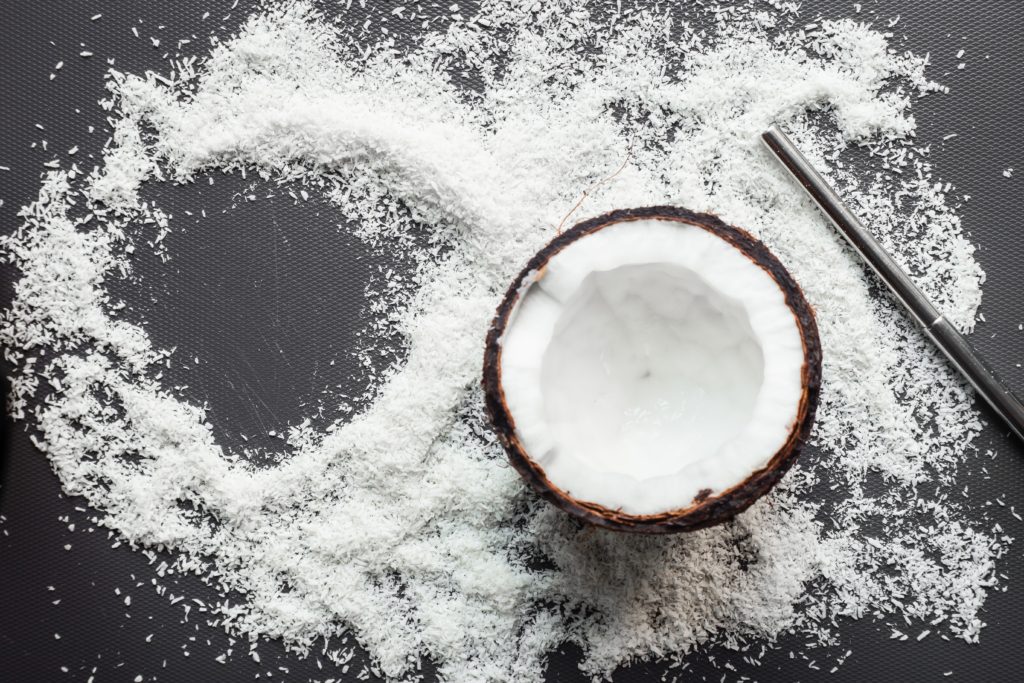
Coconut has always been a favorite ingredient in vegan, gluten-free and paleo diets. But did you know that you can use it in baking as well, in the form of coconut flour?
Coconut flour is low in calories but has high fiber and nutritional content. Although it distinctly tastes of coconut, it blends in with other flavors when used in recipes.
However, the texture is different from regular flour. It is dense and soaks up moisture during baking. So, you cannot directly substitute it for wheat flour. You must add extra liquid to compensate for the moisture imbalance.
Coconut flour is best used in recipes that are specifically created around this ingredient. You can make pancakes, cookies, brownies, and cupcakes with it. You can also mix it with almond flour to adjust the consistency and enjoy the health benefits.
Store coconut flour in an airtight container and preferably refrigerate it to keep it fresh for longer.
Rice Flour

Rice flour is another flour that is used in gluten-free recipes. There are white rice, brown rice and sweet rice flour variants in the market.
White rice flour has a neutral flavor and smooth texture while brown rice flour is tan-colored and has an earthy flavor. Sweet rice flour is sticky absorbs moisture faster than the other two varieties.
Rice flour takes longer than wheat flour to soak up moisture. So, you should let the batter or dough rest for longer than you would with wheat flour. You can also mix it with soft flours like oat flour or almond flour to make it more malleable. When using rice flour for baking, you may have to experiment with different varieties to find the right choice for each recipe. For instance, sweet rice flour will work better in bread recipes while brown rice flour will yield crispy cookies. White rice is a versatile variant that can work in a variety of recipes including cakes and cookies.
Wrapping up…
Cooking and baking are more exciting when you know your ingredients. Since flour is an essential ingredient in lots of recipes, it is essential to understand this key ingredient and how to use it.
From different variants of wheat flour to gluten-free flours, we have listed all the options you will need for different recipes in this guide. Stock your pantry with these flours and you will be equipped to handle all types of baking recipes. Have fun!

